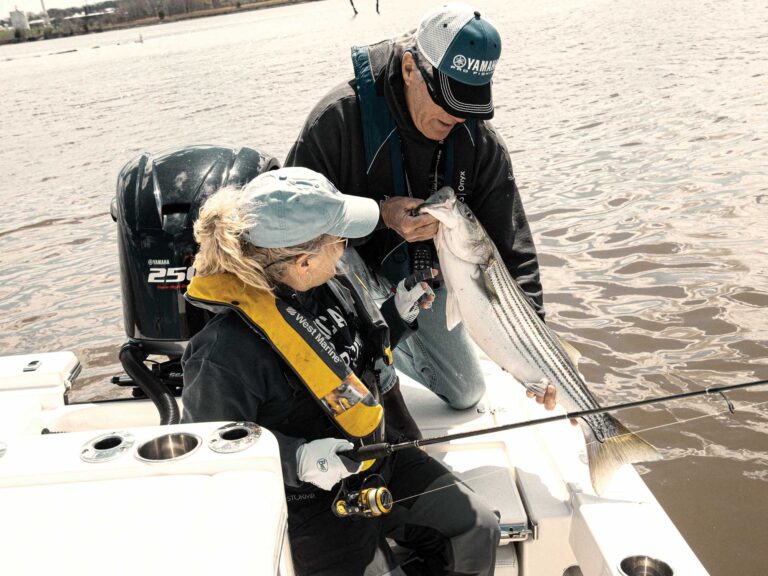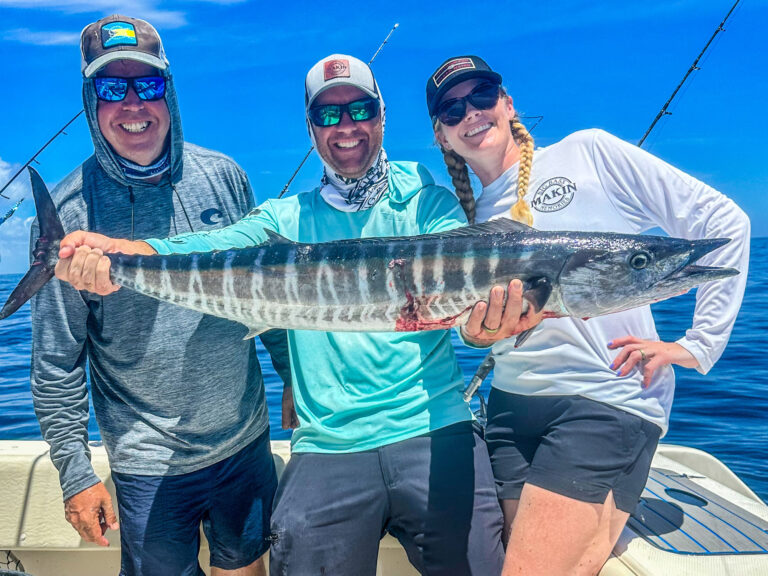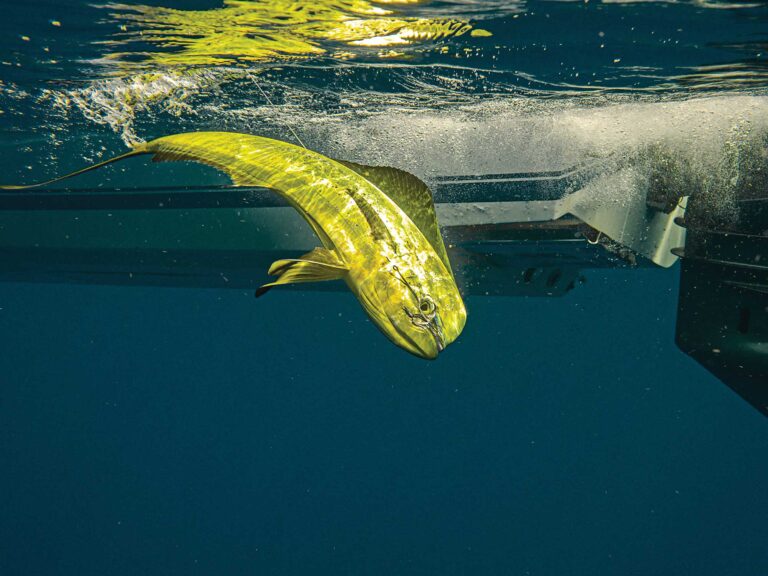Fickle winter weather can have you scratching your head. Recent cold fronts in the Gulf have sent warm weather fishing warriors into hiding and the fish have followed suit. But rest assured, warm weather will return, affording inshore and nearshore fishermen some of the best fishing of the season. Understanding weather and the nature of fronts is the key to understanding what the fish are doing. Typically, most winter weather originates in the northern Pacific Ocean and moves in a northwest-to-southeast manner. In the simplest of climatic terms, weather moves as fronts, whether cold (high pressure) or warm (low pressure). Cold fronts negatively impact fishing with their high pressure (i.e. rising barometer), intense winds, and bluebird skies. These conditions drive fish deep into cover where they remain relatively inactive. Cold fronts are a collective mass of heavier, denser, high-pressure air that moves in behind a low-pressure system. The result is usually windy weather with clearing skies, falling temperatures and a sharp rise in barometric pressure. On the other hand, warm fronts are a fisherman’s best friend. A low-pressure warm front mixes warm and cold air, causing condensation and the formation of clouds (and often, rain). Low pressure (i.e. falling barometer), cloudy conditions, and south to west winds trigger fish to move from heavy cover to edges and into open water to actively feed.









